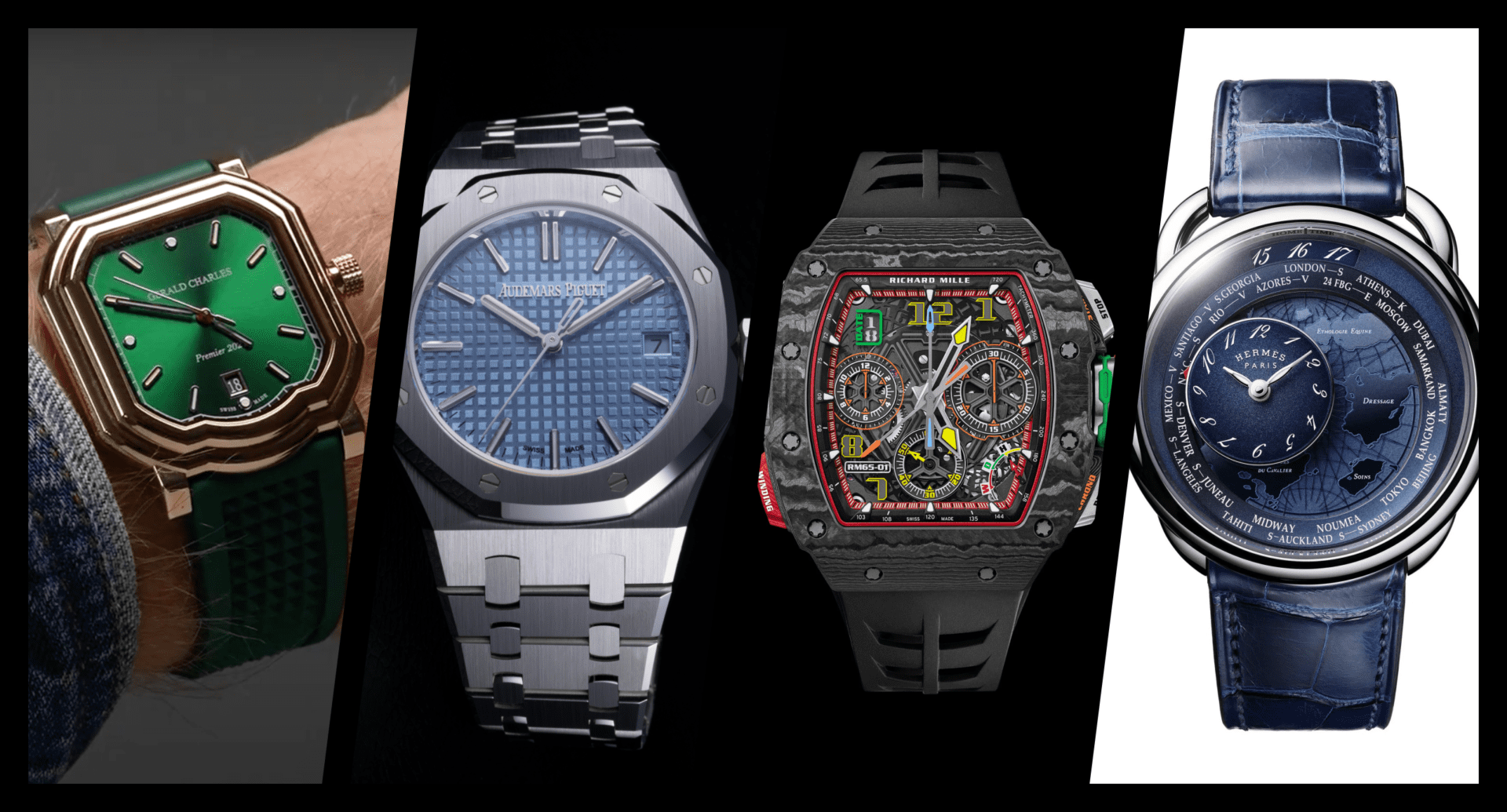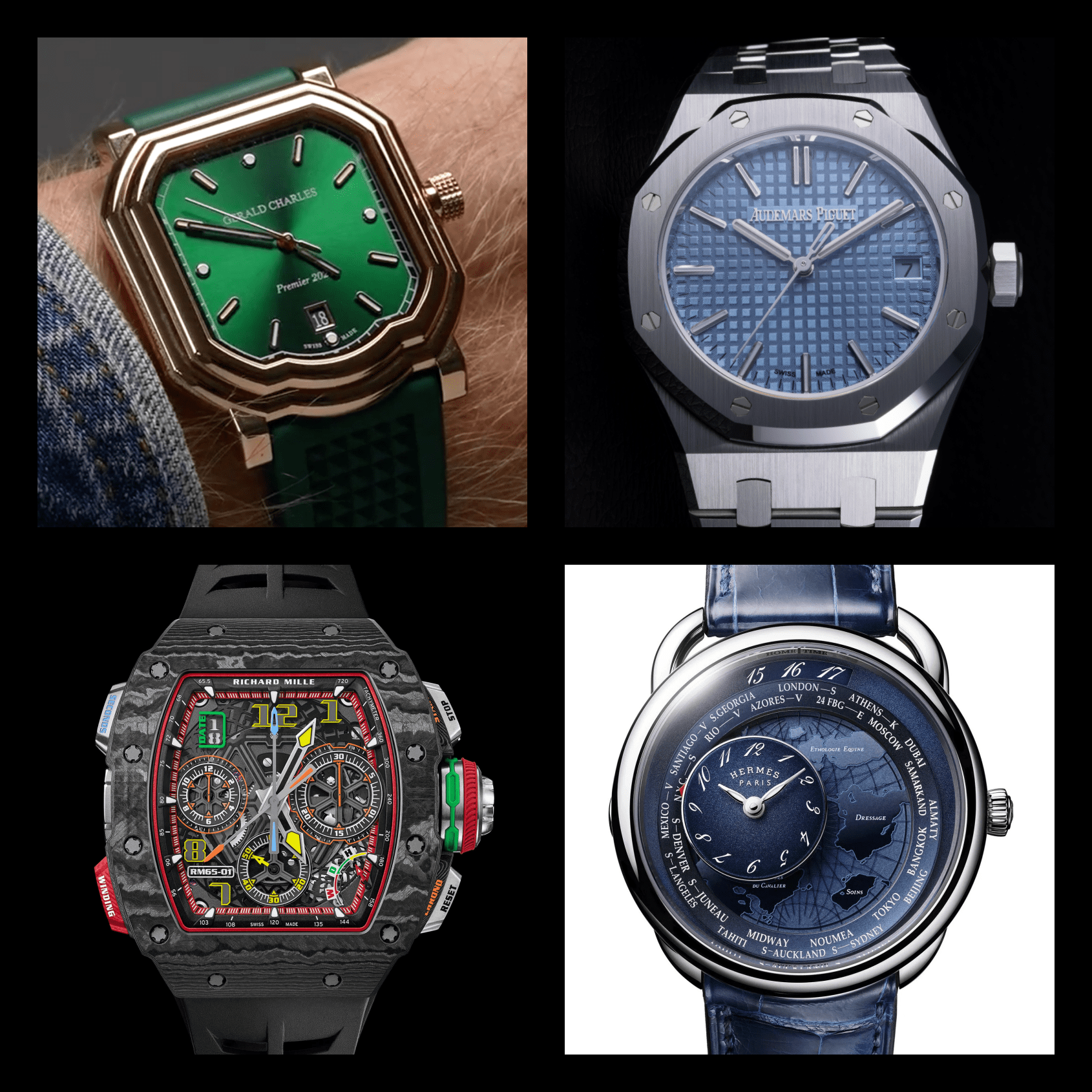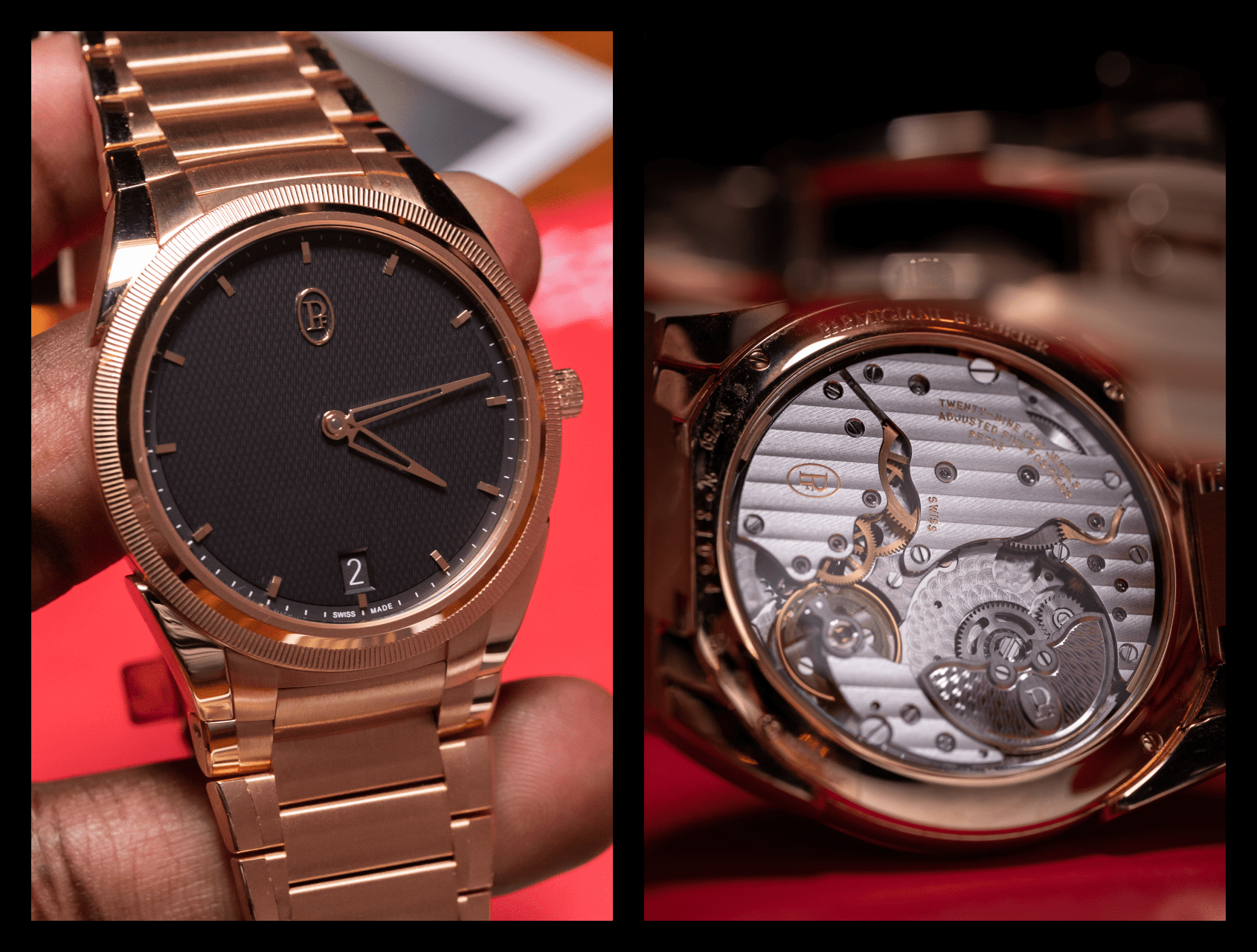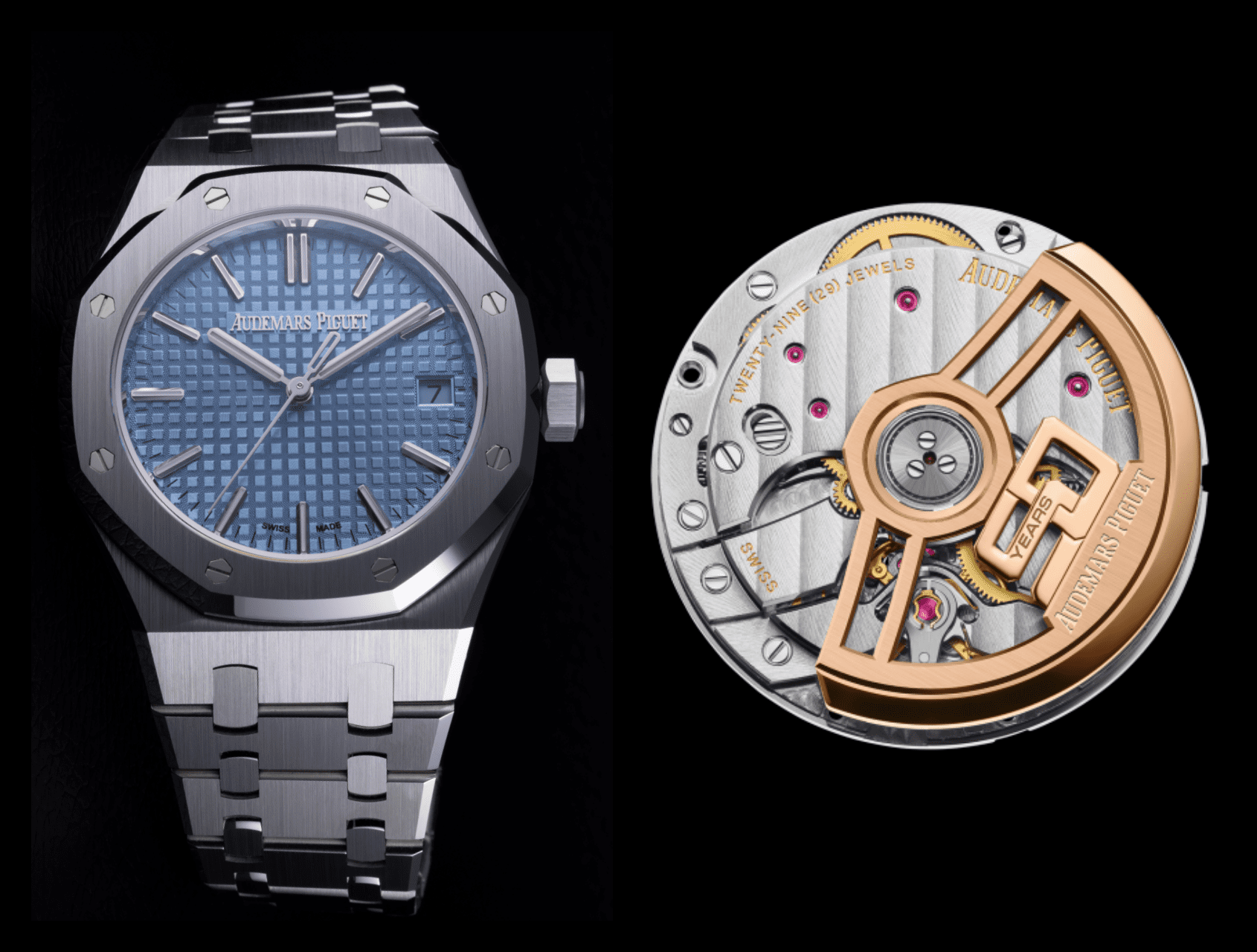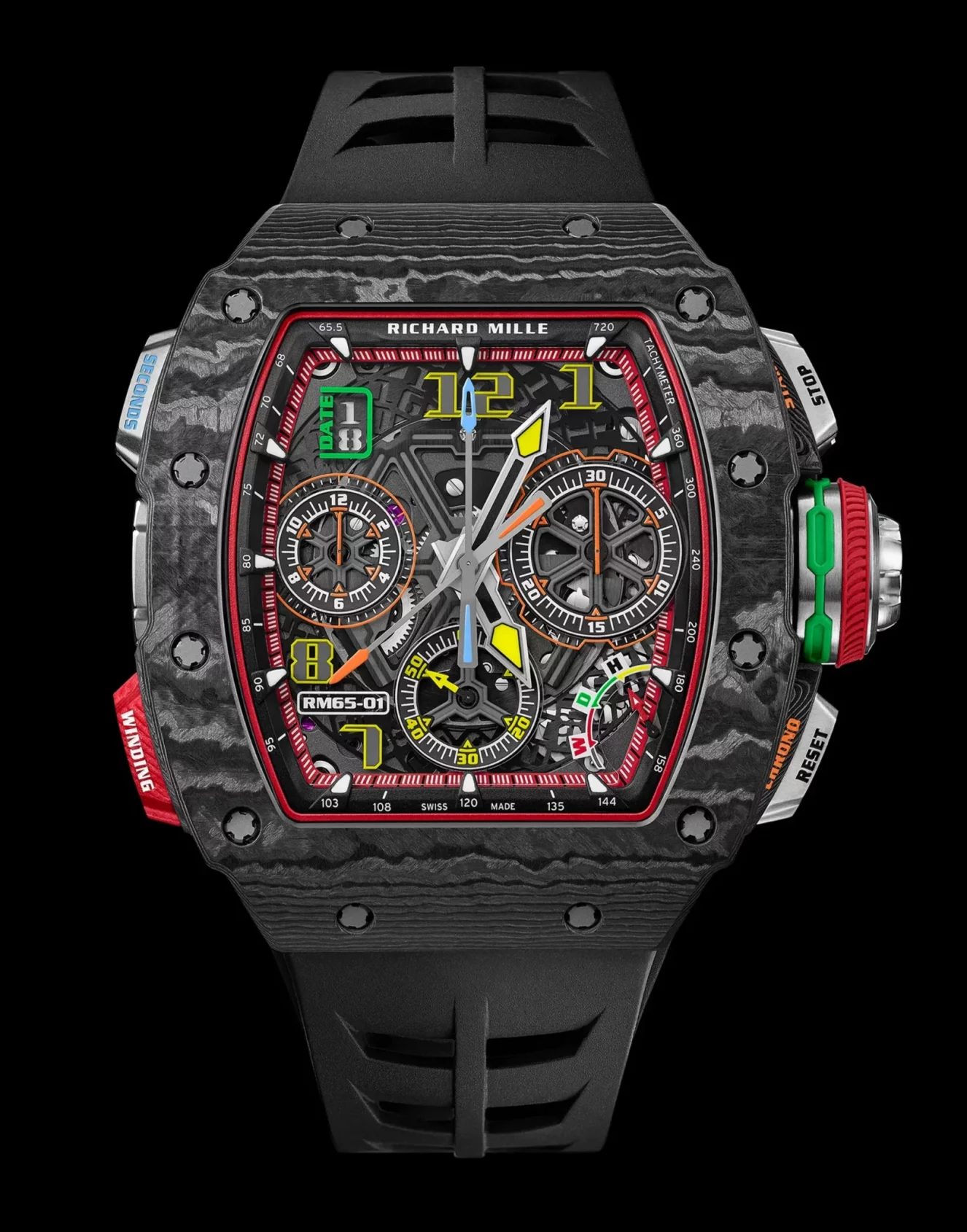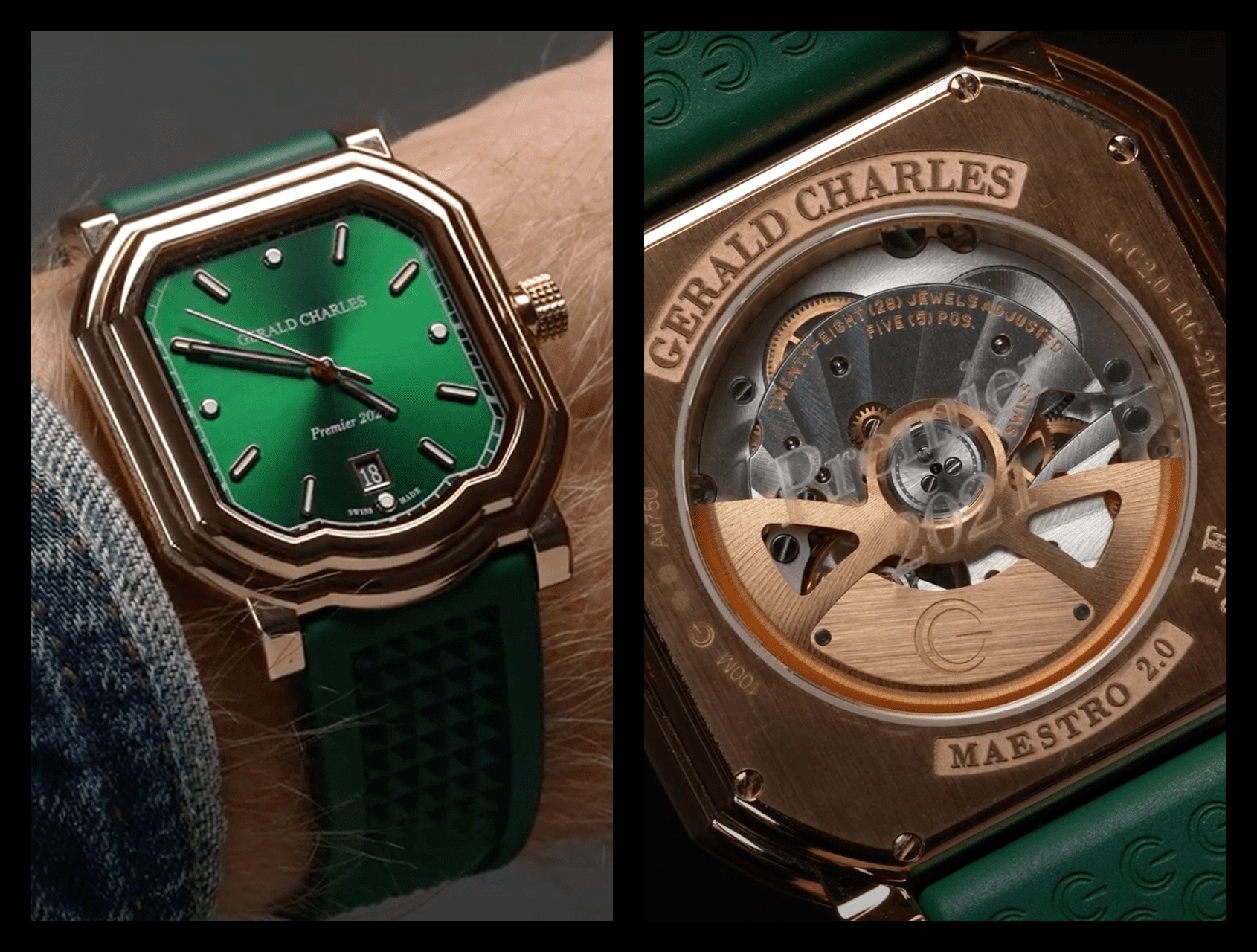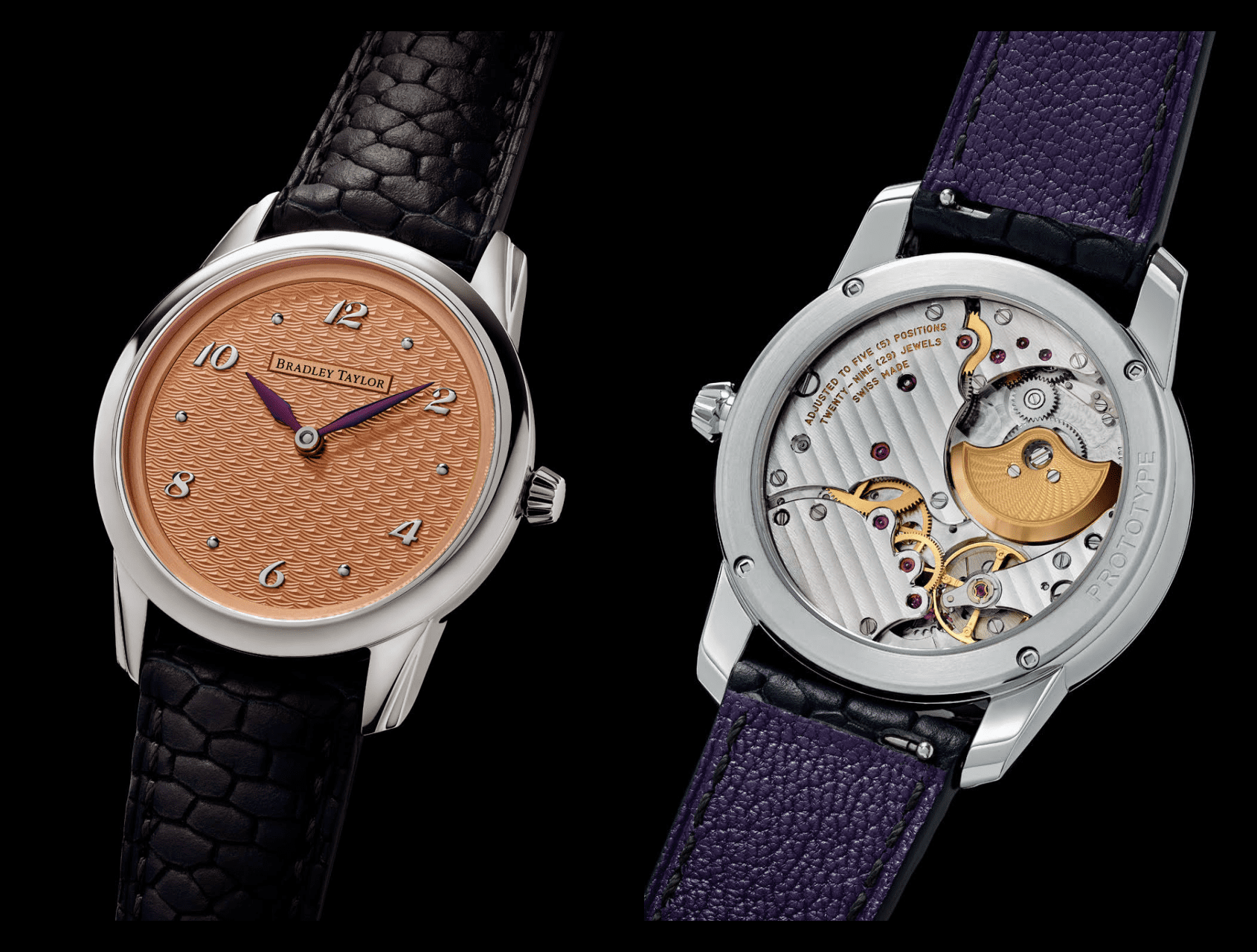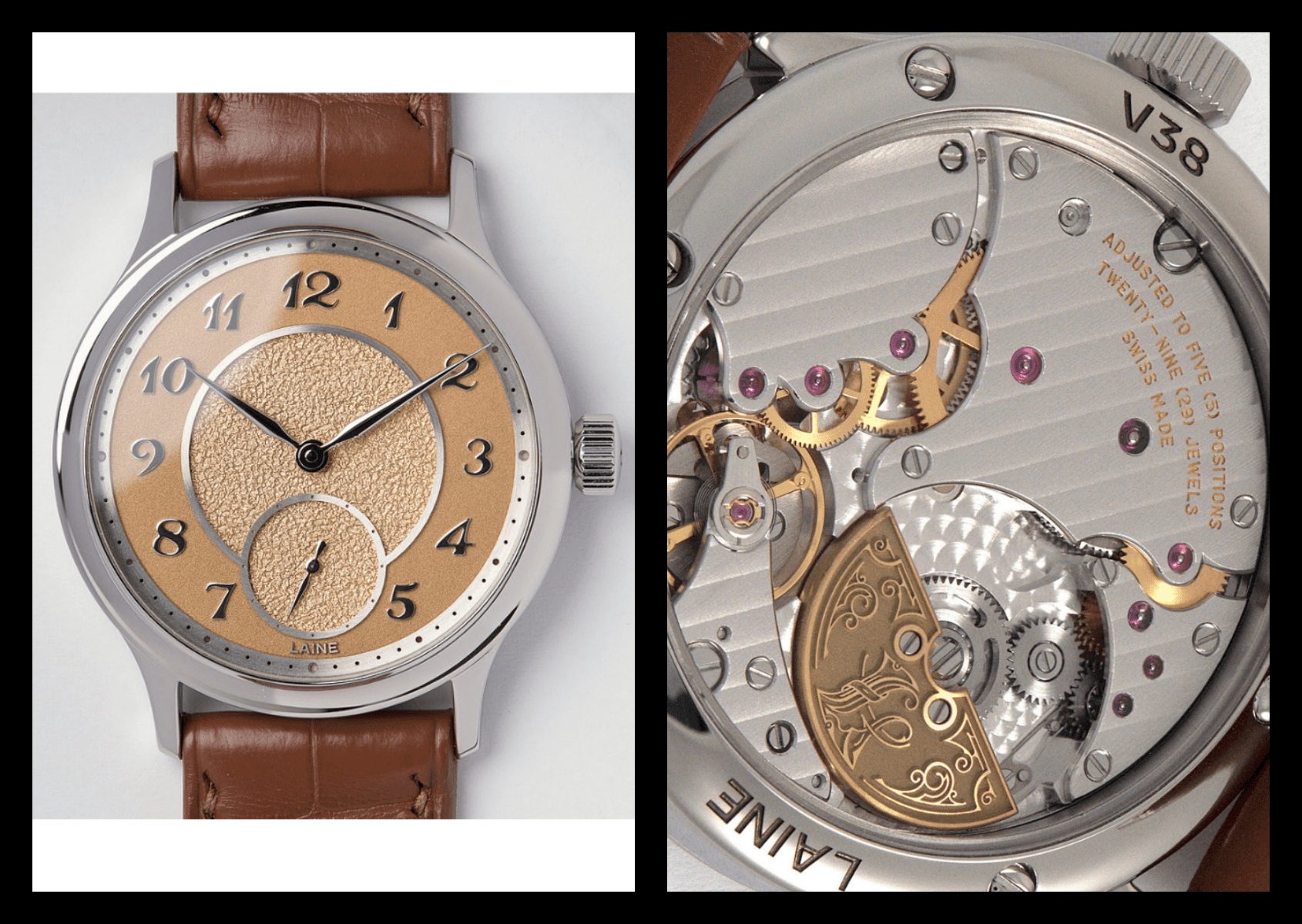Six of the best watch brands that use Vaucher-based calibres
Zach BlassThe larger marketplace may not worry about it, but horological gear-heads are often fascinated and obsessed with who develops a calibre. Is it in-house? Is it supplied? But the question, and the resulting discrimination from the answer when some collectors scoff at mass-supplied movements, is not so simple. Prior to the quartz crisis, the Swiss watch industry revolved around specialists – utilising components from prestigious dial manufacturers like Metalem and bracelet manufacturers such as Gay Frères. While some will separate Swiss watches into two categories, watches that use in-house movements and watches that use mass-supplied movements from companies like ETA, there are far more players in the equation. And the perfect example is the vast array of brands and watches with Vaucher-based movements in today’s marketplace.
If you are a regular reader of Time+Tide, you will be well aware of our growing fascination with Parmigiani Fleurier. They absolutely smashed it at Watches & Wonders this year. Why do I bring this up? Because the movement development arm of Parmigiani Fluerier is none other than Vaucher Manufacture Fleurier S.A. According to the expertise of Peter Speake-Marin, on his website The Naked Watchmaker, Vaucher has between 30-40 clients and manufacture approximately 35,000 pieces per year. And these calibres are no joke, but highly technical and aesthetically pleasing calibres that cost up to five million francs and take three to five years to develop. We recognise the quality of these movements in Parmigiani pieces, and clearly other watch manufactures recognise the value that Vaucher Manufacture Fleurier S.A. designed movements can add to their own timepieces. So, here are six of the best watches with Vaucher-based calibres.
Audemars Piguet Royal Oak Selfwinding 34mm and 37mm
Holy trinity manufactures are heavily scrutinised by collectors, with an emphasis on in-house manufacturing and design. So, when it was revealed certain sizes of the Royal Oak would no longer use movements designed in-house there was a bit of an uproar. Of course this was silly, considering the original Royal Oak (not to mention the original Patek Philippe Nautilus and Vacheron Constantin 222) utilised a legendary JLC ebauche. In the modern catalogue, both the 34mm and 37mm Selfwinding Royal Oak’s have Vaucher-based calibres – the AP 5800 (Vaucher VMF 3002 based) and AP 5900 (also Vaucher-based) respectively. With a watch largely defined by its external aesthetics – tapisserie dials and rich case and bracelet finishing – is it really such a crime to use a sourced calibre? Especially one of such quality?
Hermès Arceau Le Temps Voyageur
Hermes has always had to shake the leather goods label when trying to garner respect in the world of watchmaking. Their eye for aesthetics has always been found in their watches, but mechanical calibre development was by no means their expertise. Hermes’ catalogue of timepieces has never been stronger than it is today, and much of the draw towards their offerings is due to their strategic partnerships with movement developers such as Vaucher. A subtle showstopper of Watches & Wonders this year was the Hermès Arceau Le Temps Voyageur, an incredibly distinct and clever take on a worldtimer design.
Like the Arceau L’Heure De La Lune (which also uses a Vaucher base), the Arceau Le Temps Voyageur follows a similar concept. Here, a satellite sub-dial conveying the hours and minutes is able to rotate around the dial at the discretion of the wearer. Via a pusher on the 8′ side of the case, the sub-dial will jump forward around the dial – the red tip at its edge then corresponding to a different city shown on the outer ring of the larger dial. With each incremental jump, the hours hand jumps forward accordingly. This clever complication is powered by the automatic Hermès Caliber H1837 with a Chronode module. Vaucher Manufacture Fleurier S.A., which Hermes strategically has a 25% stake in, developed the base for this calibre.
Richard Mille RM65-01
Richard Mille timepieces are the ultimate status symbol of wristwear in the modern world. Their highly technical watches and incredibly engineered calibres are often the results of partnerships with external movement manufactures such as Renaud Et Papi (also known as APRP – Audemars Piguet Renaud Papi) which Audemars Piguet has a 78% stake in. But some of Richard Mille’s movements are developed by Vaucher as well, notably the RMAC4 found inside their highly complicated automatic rattrapante chronograph RM65-01. The RMAC4 is based on the Vaucher VMF 6710, but it is the perfect example of a manufacturer making a sourced design their own.
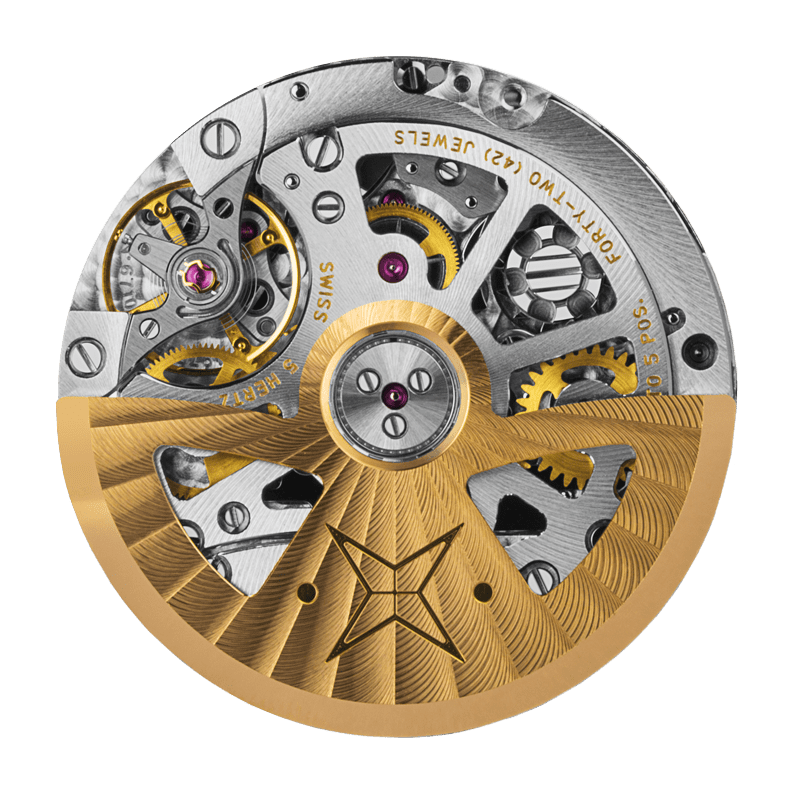
As you can see from the two above images, the aesthetics and materials of the RMCA4 are vastly different from its base – with largely skeletonised components, the usage of titanium for the bridges, and a plethora of custom components such as its variable geometry winding rotor. Nonetheless, the VMF 6710 is its foundation. So both the base and how Richard Mille ran with it, deserve huge props and offer a perfect example of how purely in-house can be overrated and how a manufacture can make a sourced design very much their own.
Gerald Charles Maestro 2.0
Last year at Geneva Watch Days, I finally got hands-on with a gorgeous range of Gerald Charles watches. But, I was not always completely sold. The original Maestro was powered by a rather lacklustre Soprod movement. There is nothing particularly wrong with a Soprod calibre, but at the above $10,000 USD price-tier it was a bit hard to swallow. So, when the Maestro 2.0 introduced an upgrade to the GC2.0-A movement, an exclusive automatic mechanical calibre developed in collaboration with Vaucher Manufacture Fleurier S.A. and customised for Gerald Charles, all of a sudden the offering just clicked. The watch, with its unique Gerald Genta-designed asymmetrical case form, was always intriguing. But the value that interested collectors see today is largely due to Gerald Charles enlisting of Vaucher.
Bradley Taylor Lutria
Budding independents typically have limited budgets to launch with, and, while their founders are usually incredibly talented watchmakers, they cannot initially present timepieces with calibres of their own design. But, in order to match their craftsmanship, such as Bradley Taylor’s beautiful cases, dials, and hands, you need a fittingly gorgeous calibre to tie the offering together. So the Canadian watchmaker smartly tapped into Vaucher Manufacture Fleurier S.A., sourcing their thin and gorgeous micro-rotor calibre: the Vaucher 5401/32. The calibre may look familiar, as it is the very same movement architecture in the Tonda PF Micro-Rotor (see in the first image of this story). And with Vaucher’s range of tiered-offerings, the calibre has been superbly hand-decorated by Vaucher akin to the standard seen in the Parmigiani Fleurier Tonda PF Micro-Rotor.
Laine V38
Like Bradley Taylor, Laine also enlisted Vaucher to supply the Vaucher 5401/32 for their V38 collection. The thin micro-rotor calibre allows the V38 to be 9mm thick (with a case 38mm in diameter and 45mm lug-to-lug). It is a fitting companion to a largely handmade dial, and of all the watches on this list it is the least expensive with a base price of CHF 9,400. Considering the amount of watchmaking packed into the timepiece, that is insane value – and a great way to get a beautifully Vaucher based watch into your collection.




